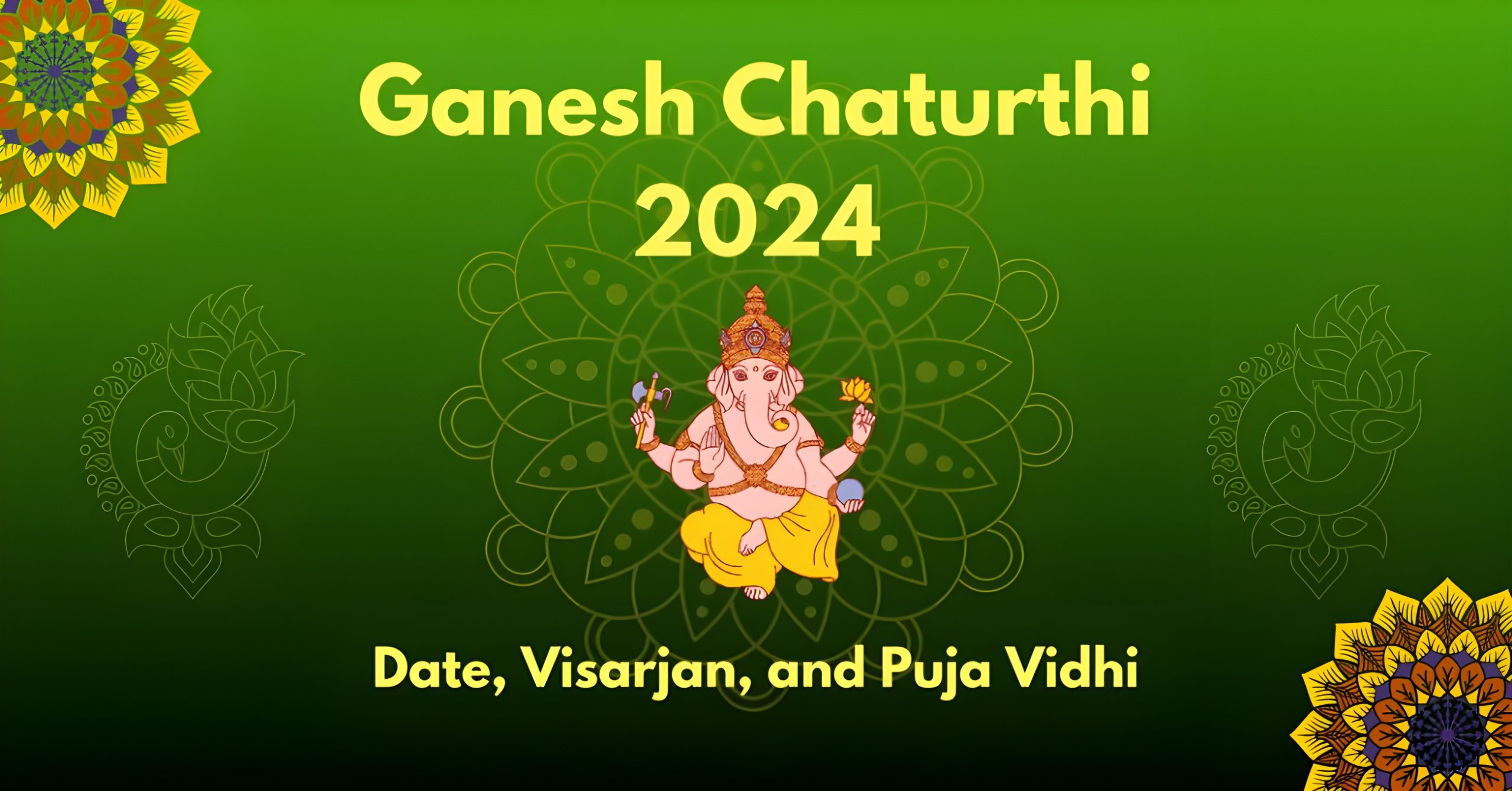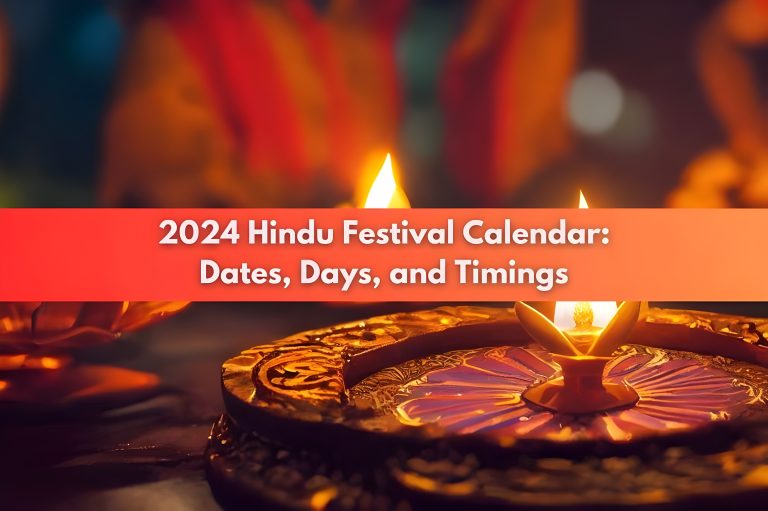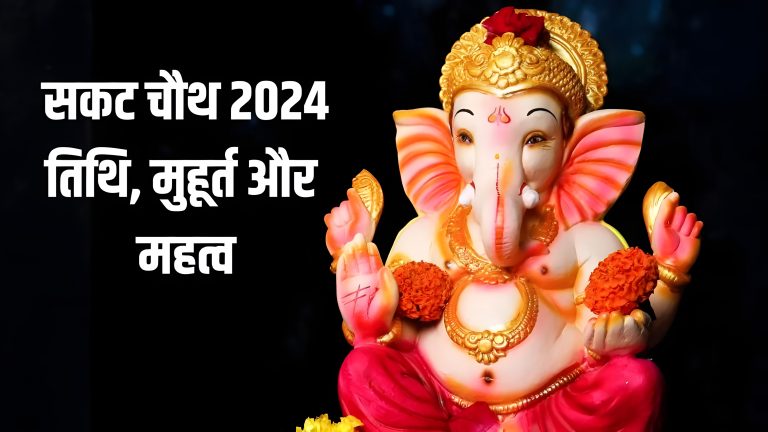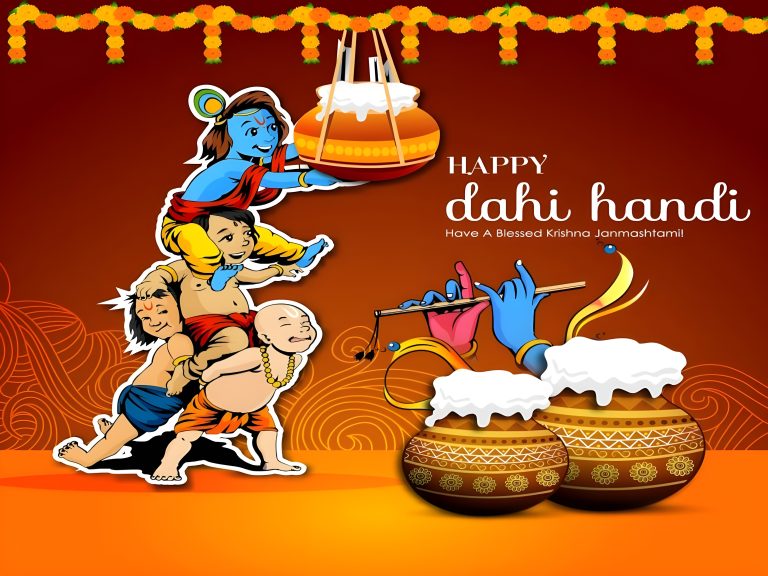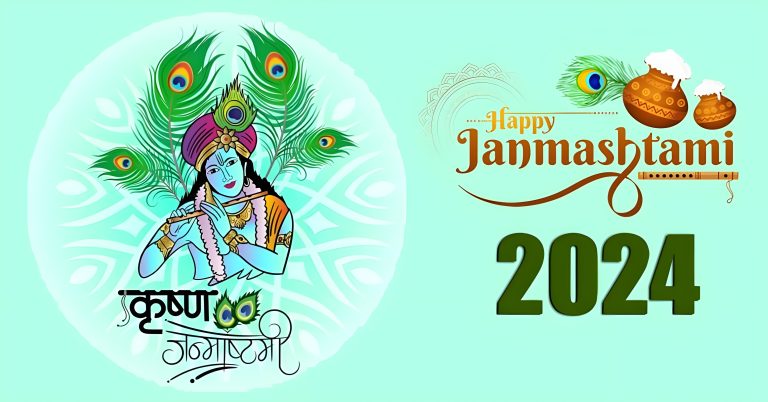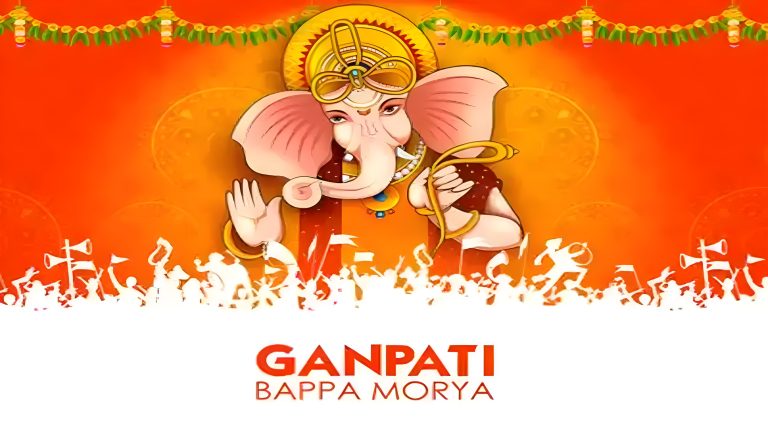Ganesh Chaturthi, also known as Vinayaka Chaturthi and Ganesh Chauth, is one of India’s most vibrant festivals, particularly celebrated with zeal in Maharashtra and other regions. This festival honours the birth of Lord Ganesha, the elephant-headed deity revered for wisdom, good fortune and prosperity. Lord Ganesha symbolises three key virtues: Buddhi (wisdom), Siddhi (spirituality) and Riddhi (prosperity).
The festival, observed in the Hindu month of Bhadrapada, usually falls in August or September and spans ten days, culminating in the Ganesh Visarjan or immersion of the idol. From grand public processions in Maharashtra to intimate home rituals in other states, the festival fosters a sense of community and spiritual renewal. Here’s everything you need to know.
Ganesh Chaturthi 2024: Key Dates and Auspicious Timings
For Ganesh Chaturthi 2024, celebrations are set to begin on September 7, with the immersion of the idol scheduled for September 17. According to Drik Panchang, the Chaturthi Tithi will start at 3:01 PM on September 6 and conclude at 5:37 PM on September 7. The ideal time for installing the Ganesh idol is during the Madhyahna Muhurat, which will be from 11:07 AM to 1:33 PM on September 7.
Significance of Ganesh Chaturthi: Why We Celebrate
Ganesh Chaturthi is steeped in rich mythology, celebrating the creation and rebirth of Lord Ganesha. According to Hindu lore, Goddess Parvati created Lord Ganesha from sandalwood paste while Lord Shiva was away. She created him to guard her privacy during her bath.
When Lord Shiva returned and attempted to enter the chamber, Ganesha, following his mother’s instructions, blocked his way. This enraged Lord Shiva, and they both got into an argument. Later, Lord Shiva separated Ganesha’s head from his body.
Witnessing the carnage, Goddess Parvati transformed into her fierce Kali form and vowed to destroy the universe. To appease her, Lord Shiva instructed his followers to find the head of a sleeping child. The search led them to the head of a baby elephant, which they brought back. Shiva attached this elephant’s head to Ganesha’s body, restoring his life.
This event marks the genesis of Ganesh Chaturthi. The festival spans ten days and is observed with great enthusiasm. Families and friends come together to honour Ganesha, seeking his blessings for prosperity, wisdom and good fortune. Celebrations include vibrant dancing, preparing delectable dishes and enjoying festive gatherings.
Rituals to Follow During Ganesh Chaturthi 2024
Here’s a detailed step-by-step guide to the traditional rituals observed during Ganesh Chaturthi:
-
Install the Ganesha idol
Begin by installing the Ganesha idol, which can be made of clay, wood or metal, in your home or at a public venue.
-
Prana Pratishta (Invocation of Life)
After installing the idol, perform the initial puja by bathing the idol and offering prayers, food and flowers. A priest will chant mantras and perform rituals to infuse life into the Ganesha idol.
-
Sing Bhajans and Kirtans
Engage in singing bhajans (devotional songs) and kirtans (devotional chants) to praise Lord Ganesha and celebrate the occasion.
-
Shodashopachara (16-fold worship)
Perform the Shodashopachara Puja, which consists of sixteen ritualistic steps to honour Lord Ganesha. The steps include: Avahana and Pratishthapan; Asana Samarpan; Padya Samarpan; Arghya Samarpan; Achamana; Snana Mantra; Vastra Samarpan and Uttariya Samarpan; Yajnopavita Samarpan; Gandha; Akshata; Pushpa Mala, Shami Patra, Durvankura, Sindoor; Dhoop; Deep Samarpan; Naivedya and Karodvartan; ambula, Narikela, and Dakshina Samarpan; Neerajan and Visarjan. Present 16 types of offerings including flowers, fruits, sweets and modaks. Modaks are particularly important as they are believed to be Lord Ganesha’s favourite treat.
-
Uttarpuja (Final Worship)
On the 10th day, perform the final worship rituals, chant mantras, seek Lord Ganesha’s blessings and prepare to bid farewell.
-
Ganpati Visarjan (Immerse The Ganesha idol)
Conclude the festival with Ganpati Visarjan, where the Ganesha idol is immersed in a river or ocean, symbolising the end of the celebrations.
Essential Puja Samagri for Ganesh Chaturthi
To perform the Ganesha Chaturthi puja, here’s a comprehensive list of all the necessary items (samagri) required.
Firstly, buy a Ganesha idol, a wooden post and banana plants to create the mandap.
Devotees must also buy yellow and red clothes, Janeu (sacred thread), flowers, vermilion, sandalwood, durva (sacred grass), akshat (rice grains), incense sticks, diya (lamp), betel nut, seasonal fruits, gangajal (holy water), camphor, kalash (sacred pot) and modak.
Other than this, the most important items are the mango leaves, Ashoka leaves, Panchamrut (a mixture of five sacred ingredients), panchmeva (five types of dry fruits), Ganesha Chalisa, aarti and a Ganesha Chaturthi vrat book.
Celebrating Ganesh Chaturthi: Traditions Across India
Maharashtra
Ganeshotsav is celebrated in Maharashtra homes, with the festivities starting with “Padya pooja” or adoring the feet of Lord Ganesh, a day before Chaturthi. Then, Lord Ganesha enters the home on the day of Chaturthi. Haritalika and Gowri pujan is also a part of the festival and women worship Goddess Parvati and observe fast.
Goa
The matoli, a wooden mandap is decorated with seasonal wildflowers, medicinal herbs and fruits. Sprigs of freshly harvested rice from the temple are offered and hung in front of homes post-visarjan.
Karnataka
The festival includes Gowri Habba, where Goddess Gauri is worshipped. An idol is brought yearly, and the puja mandap is adorned with flower garlands and mango leaves. Modaks and special foods are prepared for the deity.
Why Avoid The Moon?
Hindu mythology explains that viewing the moon on Ganesh Chaturthi can lead to Mithya Dosham or Mithya Kalank, which translates to false accusations of theft. The origin of this belief is tied to a mythological event involving Lord Ganesh.
Legend has it that during a ride on his mooshak (mouse), Lord Ganesh fell due to his weight. The moon laughed at this mishap, which infuriated Lord Ganesh. In his anger, he cursed the moon, decreeing that anyone who sees it on the night of Shukla Chaturthi in the Bhadrapada month would be falsely accused and dishonoured.
In Case of Accidental Sighting
If someone accidentally sees the moon during Ganesh Chaturthi, it is believed that chanting the following mantra can help mitigate the effects of the curse:
“Simhah Prasenamavadhitsimho Jambavata Hatah।
Sukumaraka Marodistava Hyesha Syamantakah॥”
Ganesh Chaturthi 2024: Time To Avoid Moon Sighting
It is crucial to keep in mind the traditional belief of avoiding moon sightings during this occasion. According to Drik Panchang, the time to avoid moon sighting starts from 9:30 AM to 8:44 PM on September 6. This period is deemed inauspicious and should be observed to avoid any adverse effects.
Ganesh Chaturthi 2024: Why Do We Do Ganesh Visarjan?
Ganesh Visarjan is a traditional and significant ritual performed at the conclusion of Ganesh Chaturthi, which can occur on the 3rd, 5th, 7th, or 11th day depending on family customs.
The ritual involves immersing the idol of Lord Ganesha in a water body such as a river, lake, or even a tub or bucket.
The immersion is marked by vibrant street processions with devotees chanting “Ganapati Bappa Morya” and “Ganesh Maharaj Ki Jai,” celebrating with much fervour.
Purpose of Ganesh Visarjan
The immersion symbolises the return of Lord Ganesha to his celestial home, Mount Kailash, to reunite with his parents, Lord Shiva and Goddess Parvati. It serves as a way to express gratitude for the blessings received during the festival and to bid farewell to the deity until the next year.
In a nutshell, celebrating Ganesh Chaturthi with devotion and adherence to traditional rituals is essential for deepening one’s spiritual connection with Lord Ganesha. By embracing these rituals, devotees honour the festival’s significance, enhance community spirit and maintain a connection with cultural heritage.
